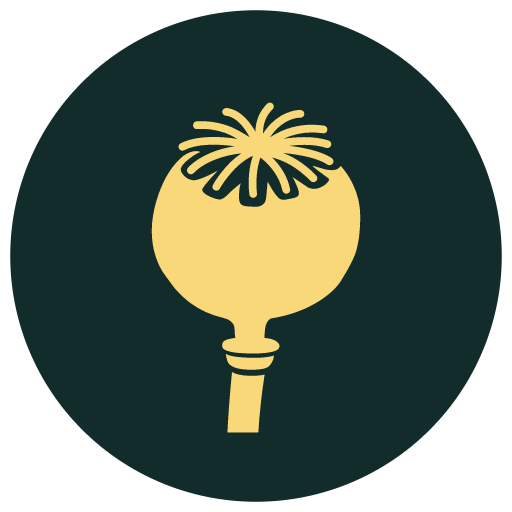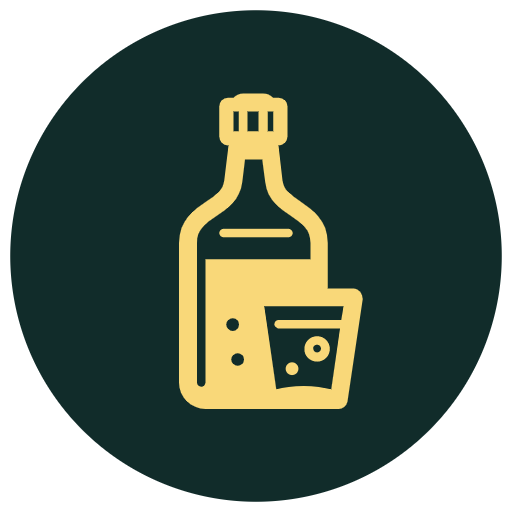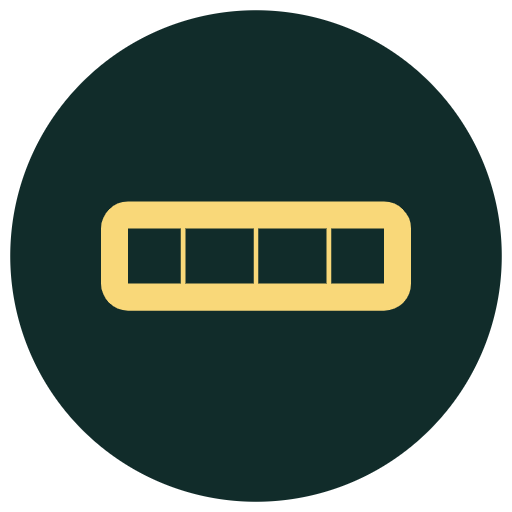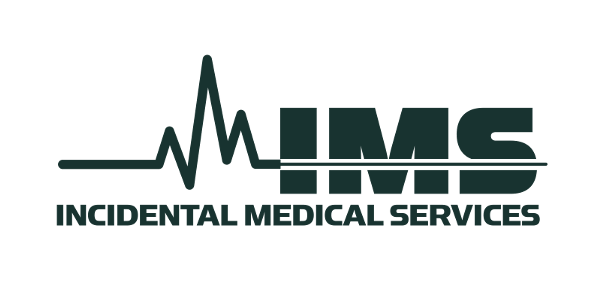A medically supervised drug and alcohol detox program is the first step toward lasting recovery. At New Method Wellness, we know how important it is to create a strong foundation for long-term sobriety. That is why we ensure that our patients have a safe and comfortable experience while working through the symptoms of drug and alcohol withdrawal.
If you or someone you love is suffering from addiction, our Orange County detox can help. Our licensed and accredited detox facilities provide Incidental Medical Services (IMS) to ensure the safety and comfort of our patients. Our staff is available round the clock to provide 24/7 professional support for people overcoming their physical dependence on drugs and alcohol.
Drug and alcohol detox is the pharmacological component of drug and alcohol rehabilitation, usually the first and necessary step in the addiction treatment process by which the provider safely manages an individual’s physical withdrawal symptoms. Clients are placed under round-the-clock supervision to safeguard against potential health risks that would require immediate intervention.
The purpose of drug and alcohol detox is to make the rehabilitative experience as safe and comfortable as possible. The cessation of illicit drug use and alcohol consumption often results in withdrawal symptoms, which would quickly lead to relapse without the aid and support of a compassionate, skilled team of providers. To mitigate cravings and symptoms of withdrawal, a physician or registered nurse would safely prescribe medication.
If an individual is not responding to the medication, the provider will adjust the dosage as needed or find a suitable alternative. In addition to clearing the patient’s body of chemical toxins, the provider will also clinically manage co-occurring mental and emotional disorders.
Detoxification requires a personalized approach, as the recovery journey is different for each person. A number of factors determine the length of drug and alcohol detox, and a team of clinicians and providers must evaluate each client based on certain criteria, such as the following:
There is no set duration for the detoxification process. It ends when the individual is physically comfortable and safe enough to proceed to the next step of recovery without any chemical dependence.
Alcohol and Drug Detox is required if withdrawal symptoms are potentially life-threatening or if they cause considerable physical discomfort and pain. If the drug does not cause extreme physical danger or discomfort, it may cause psychological cravings which require medicated-assisted treatment. Providers often recommend or require drug and alcohol detox if their clients have used the following drugs:
Withdrawal symptoms vary widely, depending on the drug(s) of choice and the severity of physiological dependence. Due to the dangers of self-detoxification (i.e., quitting “cold turkey”), it is vitally important to seek help from medical experts who will safely monitor the patient and administer medications to ease withdrawal symptoms.
At New Method Wellness, appropriate, FDA-approved medications are used to help with the detoxification process. The list below describes some of the most common symptoms associated with each type of drug withdrawal:

The symptoms of opiate withdrawal include Diarrhea, depression, anxiety, cravings, nausea, agitation, restlessness, muscle cramping, dilated pupils, watery eyes, sweating, insomnia, and tremors.

The symptoms of alcohol withdrawal include seizures, anxiety, tremors, disorientation, headaches, insomnia, irritability, shakiness, loss of appetite, vomiting, rapid heartbeat, nervousness, and hallucinations.

The symptoms of cocaine withdrawal include the inability to concentrate, chills, sexual dysfunction, fatigue, anhedonia, depression, muscle aches, suicidal ideations, cravings, nightmares, and slower thinking.

The symptoms of amphetamine withdrawal include dissatisfaction, irritability, exhaustion, nightmares, insomnia, anxiety, lethargy, depression, suicidal ideation, changes in appetite, and pale skin.

The symptoms of benzodiazepine withdrawal include panic attacks, sleep disturbance, hallucinations, memory loss, dry retching, suicidal ideation, stiffness, seizures, psychosis, palpitations, and headaches.
New Method Wellness utilizes only FDA-approved medications to assist individuals in overcoming their cravings for alcohol and drugs. While methadone is part of the standard treatment program in most drug rehabilitation centers, we do not use it because of the risks involved with its highly addictive pharmacological properties. While each person is unique and assessed by the provider individually, two of the more common medications utilized during the alcohol and/or drug detoxification process are Ativan and/or Suboxone.
Ativan belongs to a class of drugs called benzodiazepines, more commonly referred to as “benzos.” Incidentally, benzodiazepine abuse is common among patients who are treated for anxiety and other co-occurring disorders in association with substance abuse. During the drug and alcohol detoxification process, Ativan may be used briefly to detox our alcohol and benzo-dependent clients safely.
Suboxone is the trade name for buprenorphine and naloxone. You might be familiar with some brand names such as Bunavail, Suboxone, and Zubsolv. Approved by the Food and Drug Administration (FDA) in 2002, Suboxone is available in the form of a tablet and dissolvable film. The weak euphoric effects of Suboxone make it ideal for opioid treatment because it has a low risk of overdose. Suboxone, if required, may be used briefly only during the drug and alcohol detox phase.

Deanna Crosby is a Licensed Marriage and Family Therapist (LMFT) with over 20 years of experience working with clients in recovery. Her expertise has catapulted her into the spotlight. Featured on several episodes of the Dr. Phil Show as a behavioral health expert, DeAnna is a routine contributor for NBC News, The Huffington Post, Elle Magazine, MSN, Fox News, Yahoo, Glamour, Today, and several other prominent media outlets.
After receiving her bachelor’s degree from the University of California in Irvine, Crosby did postgraduate work at Centaur University where she graduated at the top of her class with a CAADAC certification in Centaur’s chemical dependency program. Following her time at Centaur, Crosby received her Master of Counseling Psychology degree from Pacifica Graduate Institute, where she also attained a Doctoral Degree in Depth Psychology.
Accredited by:
New Method Wellness
We firmly believe that the internet should be available and accessible to anyone, and are committed to providing a website that is accessible to the widest possible audience, regardless of circumstance and ability.
To fulfill this, we aim to adhere as strictly as possible to the World Wide Web Consortium’s (W3C) Web Content Accessibility Guidelines 2.1 (WCAG 2.1) at the AA level. These guidelines explain how to make web content accessible to people with a wide array of disabilities. Complying with those guidelines helps us ensure that the website is accessible to all people: blind people, people with motor impairments, visual impairment, cognitive disabilities, and more.
This website utilizes various technologies that are meant to make it as accessible as possible at all times. We utilize an accessibility interface that allows persons with specific disabilities to adjust the website’s UI (user interface) and design it to their personal needs.
Additionally, the website utilizes an AI-based application that runs in the background and optimizes its accessibility level constantly. This application remediates the website’s HTML, adapts Its functionality and behavior for screen-readers used by the blind users, and for keyboard functions used by individuals with motor impairments.
If you’ve found a malfunction or have ideas for improvement, we’ll be happy to hear from you. You can reach out to the website’s operators by using the following email juanita@newmethodwellness.com
Our website implements the ARIA attributes (Accessible Rich Internet Applications) technique, alongside various different behavioral changes, to ensure blind users visiting with screen-readers are able to read, comprehend, and enjoy the website’s functions. As soon as a user with a screen-reader enters your site, they immediately receive a prompt to enter the Screen-Reader Profile so they can browse and operate your site effectively. Here’s how our website covers some of the most important screen-reader requirements, alongside console screenshots of code examples:
Screen-reader optimization: we run a background process that learns the website’s components from top to bottom, to ensure ongoing compliance even when updating the website. In this process, we provide screen-readers with meaningful data using the ARIA set of attributes. For example, we provide accurate form labels; descriptions for actionable icons (social media icons, search icons, cart icons, etc.); validation guidance for form inputs; element roles such as buttons, menus, modal dialogues (popups), and others. Additionally, the background process scans all of the website’s images and provides an accurate and meaningful image-object-recognition-based description as an ALT (alternate text) tag for images that are not described. It will also extract texts that are embedded within the image, using an OCR (optical character recognition) technology. To turn on screen-reader adjustments at any time, users need only to press the Alt+1 keyboard combination. Screen-reader users also get automatic announcements to turn the Screen-reader mode on as soon as they enter the website.
These adjustments are compatible with all popular screen readers, including JAWS and NVDA.
Keyboard navigation optimization: The background process also adjusts the website’s HTML, and adds various behaviors using JavaScript code to make the website operable by the keyboard. This includes the ability to navigate the website using the Tab and Shift+Tab keys, operate dropdowns with the arrow keys, close them with Esc, trigger buttons and links using the Enter key, navigate between radio and checkbox elements using the arrow keys, and fill them in with the Spacebar or Enter key.Additionally, keyboard users will find quick-navigation and content-skip menus, available at any time by clicking Alt+1, or as the first elements of the site while navigating with the keyboard. The background process also handles triggered popups by moving the keyboard focus towards them as soon as they appear, and not allow the focus drift outside of it.
Users can also use shortcuts such as “M” (menus), “H” (headings), “F” (forms), “B” (buttons), and “G” (graphics) to jump to specific elements.
We aim to support the widest array of browsers and assistive technologies as possible, so our users can choose the best fitting tools for them, with as few limitations as possible. Therefore, we have worked very hard to be able to support all major systems that comprise over 95% of the user market share including Google Chrome, Mozilla Firefox, Apple Safari, Opera and Microsoft Edge, JAWS and NVDA (screen readers), both for Windows and for MAC users.
Despite our very best efforts to allow anybody to adjust the website to their needs, there may still be pages or sections that are not fully accessible, are in the process of becoming accessible, or are lacking an adequate technological solution to make them accessible. Still, we are continually improving our accessibility, adding, updating and improving its options and features, and developing and adopting new technologies. All this is meant to reach the optimal level of accessibility, following technological advancements. For any assistance, please reach out to juanita@newmethodwellness.com